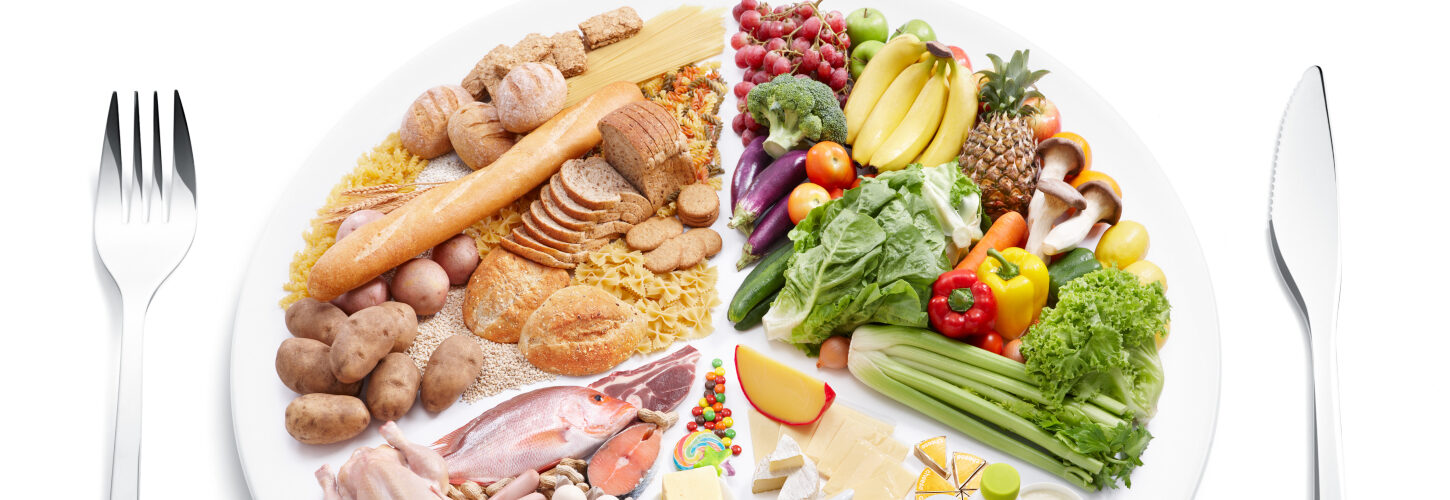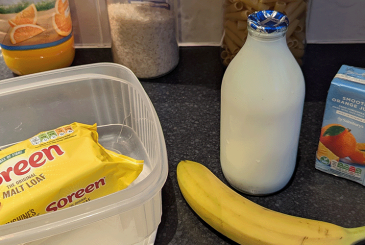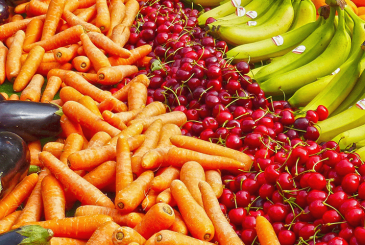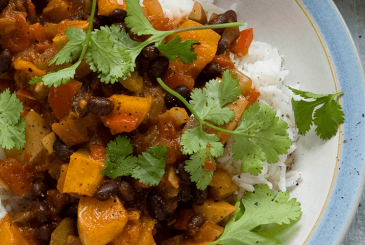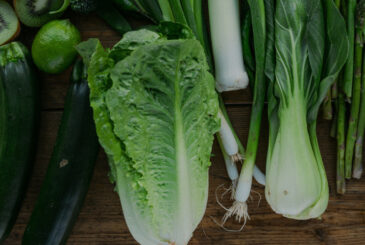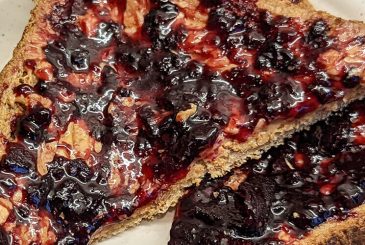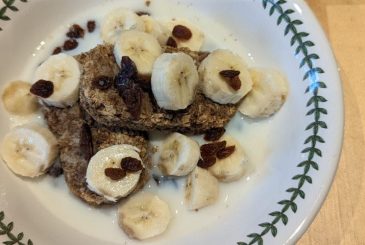What you eat and drink plays a major part in your performance on and off the water
A healthy diet will supply you with the right amount of energy and nutrients to keep you in good health as well as enhancing sports performance. Large volumes of training require large volumes of food. It’s vital that your diet is varied and has the right balance of nutrients to enable you to stay healthy, help prevent injuries and enables you to recover effectively from your training sessions.
The main food groups that make up our diet are as follows.
1 Potatoes, bread, rice, pasta and other starchy carbohydrates
2 Fruit and vegetables
3 Dairy and alternatives
4 Beans, pulses, fish, eggs, meat and other proteins
5 Oils and spreads
These food groups provide the main nutrients required by the body to function normally. Nutrients include carbohydrate, protein, fat, vitamins and minerals. Your overall diet should include foods from each of these food groups although only small amounts are needed from the oils and spreads group. It is also important to stay well hydrated by paying attention to your fluid intake each day – especially during training.
1 Starchy carbohydrate foods
Includes?
Potatoes, bread, rice and pasta.
Other starchy carbohydrate foods include breakfast cereals, noodles, couscous, bulgur wheat, pearl barley, oats, maize, millet, spelt, polenta and cornmeal, plus starchy vegetables such as yam and plantain.
Why eat them?
This group of foods is rich in carbohydrate, but also provides some calcium and iron plus B vitamins.
How often?
This food group should make up a large proportion of your diet, as it is the carbohydrate energy from these foods that you will need during training. The amounts you need each day will vary according to the volume and intensity of your training programme.
Wendy’s tip > Wholegrain versions of these foods provide a valuable source of dietary fibre.
Choose a variety of vividly coloured fruits and vegetables each day
2 Fruit and vegetables
Includes?
Fresh, frozen, canned and dried fruits. Fruit juice, beans and pulses can be included in this group but can only be counted as one portion each, no matter how much is consumed in a day.
Why eat them?
Main nutrients provided include the antioxidant vitamins C, E and carotene, as well as folate, fibre, potassium and some carbohydrate. Fruit and vegetables provide important antioxidants that help support the immune system. This is particularly important during periods of intense training to help your body resist illness and breakdown.
How often?
Eat at least five portions from this group per day – more if you can. One portion equals 80g fruit, 150ml fruit juice, 30g dried fruit.
Wendy’s tip > Choose a variety of vividly coloured fruits and vegetables each day.
Milk and yoghurt are effective and convenient foods for post-training recovery
3 Dairy and alternatives
Includes?
Milk, cheese, yoghurt and fromage frais, but not butter, eggs and cream. Unsweetened calcium-fortified dairy alternatives such as soya milks, soya yoghurts and soya cheeses also count as part of this food group and are suitable alternatives to dairy products for those needing other options. Lower fat versions should be chosen where possible – e.g. skimmed, 1% or semi-skimmed milk and lower fat yoghurts and cheeses.
Why eat them?
Main nutrients provided include calcium, protein, riboflavin, vitamin B12 and vitamins A and D. Vitamins A and D are not present in very low-fat varieties. Milk and yoghurt also provide some carbohydrate in the form of lactose.
How often?
You should aim for at least two to three servings per day from this group.
Wendy’s tip > Milk and yoghurt are effective and convenient foods for post-training recovery. The proteins in milk (whey and casein) have been found to be useful in promoting muscle protein production.
Aim for at least two portions of fish per week including at least one portion of oily fish
4 Beans, pulses, fish, eggs, meat and other proteins
Includes?
Meat, poultry, fish, shellfish, eggs, nuts, beans and pulses, tofu and mycoprotein.
Why eat them?
Main nutrients provided include protein, iron, zinc, magnesium and the B vitamins. However, vitamin B12 is only found in animal-based protein foods. Try to limit red and processed meat to 70g daily or approximately 160g serving three times a week.
Aim for at least two portions (~140g x 2) of fish per week including at least one portion of oily fish (e.g. salmon, mackerel, sardines, pilchards) as a good source of omega-3 fats which are important for heart health.
How often?
Foods from this group should be included in two or three of your meals/snacks each day.
Wendy’s tip > Pulses and beans are useful alternatives to meat – they are naturally lower in fat and also contain carbohydrate and fibre.
5 Oils and spreads
Includes?
Unsaturated oils such as vegetable oils, rapeseed oil, olive oil and sunflower oil. Soft spreads made from unsaturated fats. Butter not included here due to its high saturated fat content.
Why eat them?
Some fat is needed in the diet to provide essential fatty acids and fat-soluble vitamins. Unsaturated fats are a better choice for cardiovascular health, but still only small amounts of these food should be included in the diet.
How often?
Use sparingly.
6 Foods to eat less often and in small amounts
Includes?
Foods high in fat, salt or sugars such as butter, mayonnaise, cream, coconut oil, chocolate, crisps, biscuits, pastries, cakes, puddings, ice cream, sauces, soft drinks, sweets, jam and sugar. Sugary foods and drinks can cause tooth decay, particularly if consumed between meals.
Fatty foods are high in energy, so reducing them is an important strategy for weight management when a reduction in body-fat levels is required.
Some salt may be needed to replace sweat losses especially in hot weather. Sports drinks containing electrolytes (salt) either with, or without, carbohydrate (sugar) for fuel, depending on the length of the training session, could be useful at this time.
Wendy’s tip > When using sports drinks with added carbohydrate (sugar), help protect your teeth by drinking it down straightaway rather than swilling the drink around your mouth.


